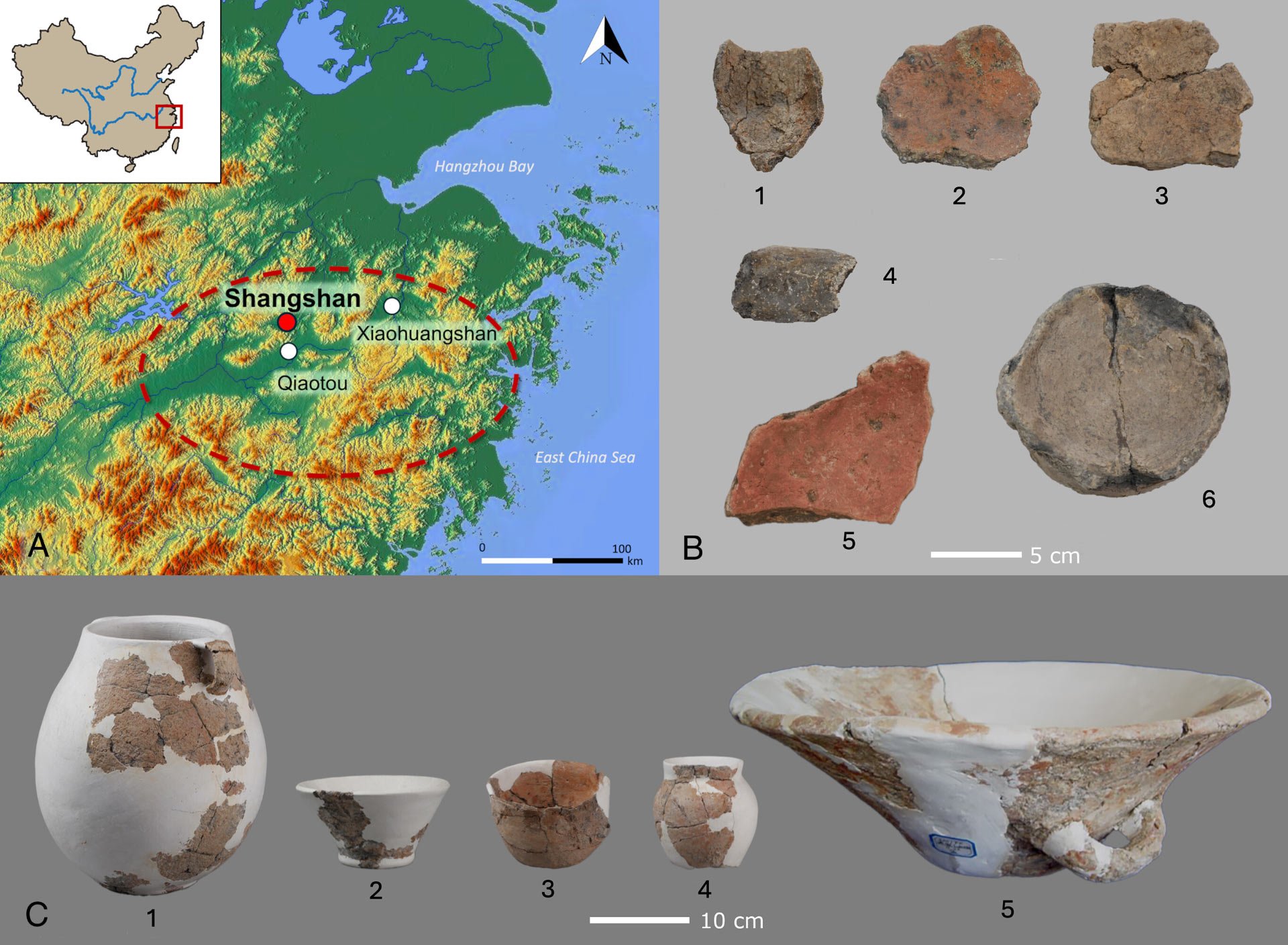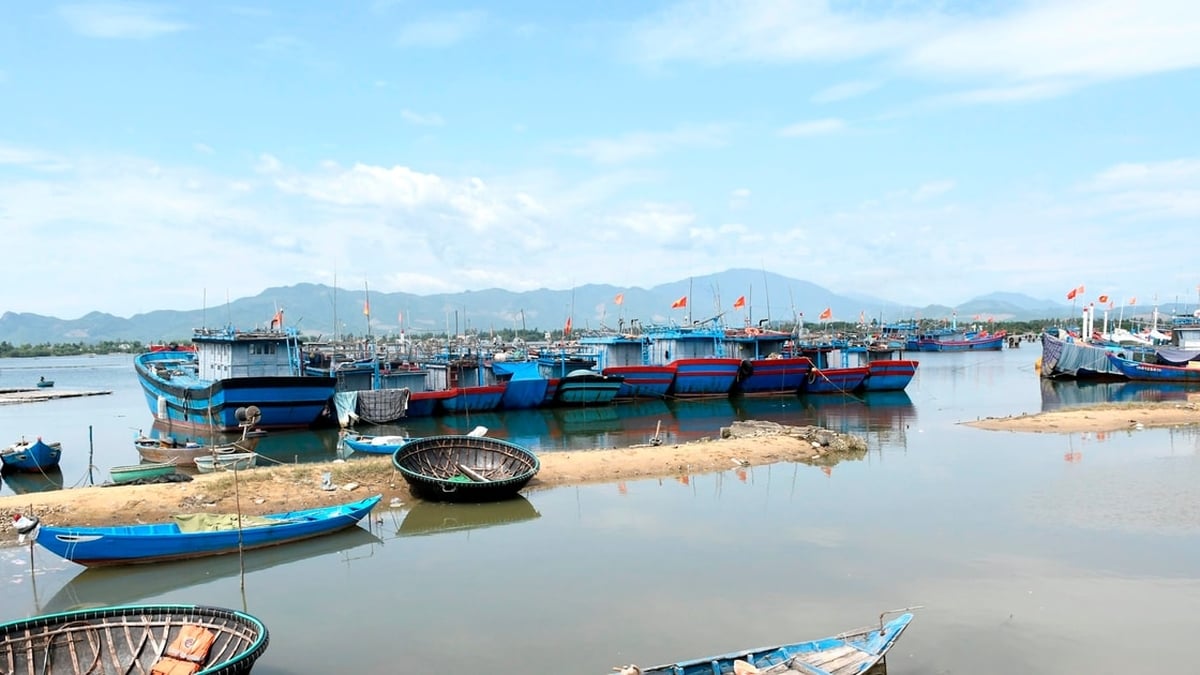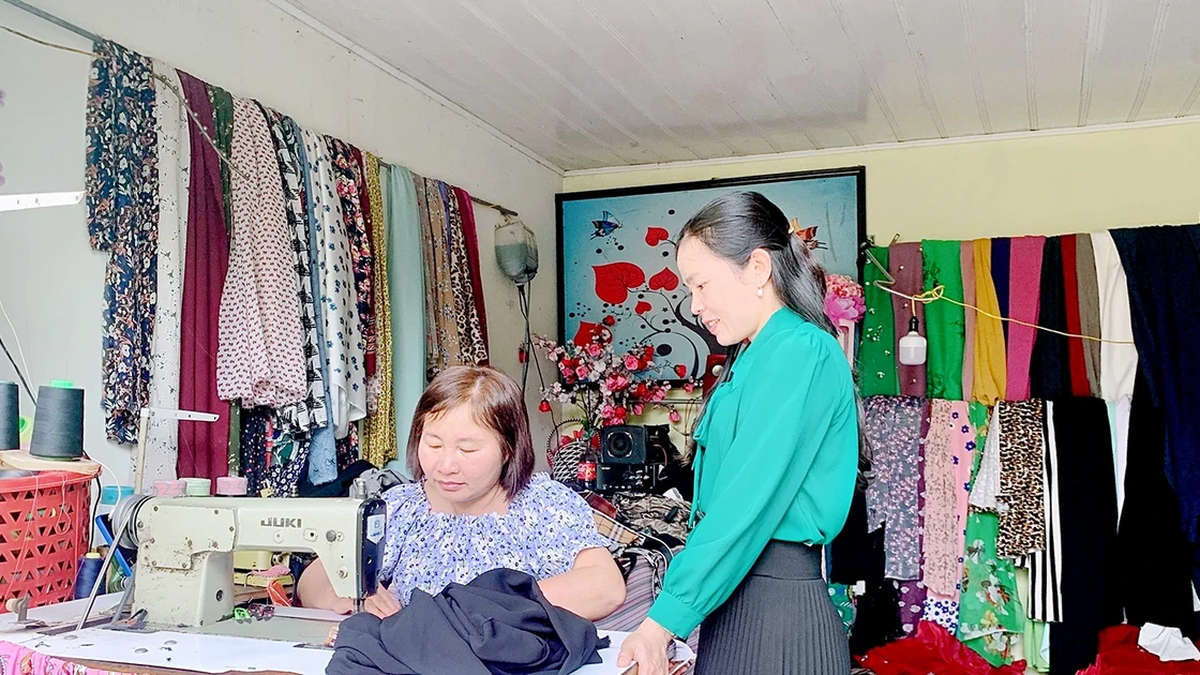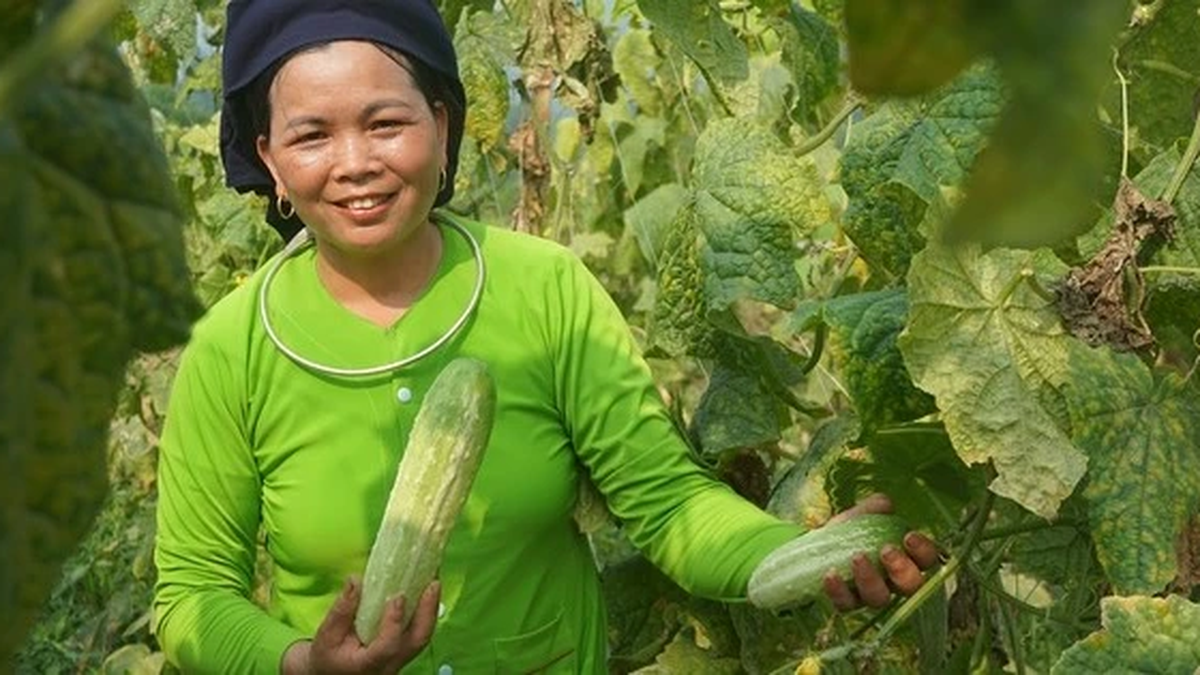(NLDO) - 10,000-year-old pottery fragments from the Shangshan culture on the banks of the Yangtze River have left traces of an ancient wine.
A multinational research team led by Professor Leping Jiang from the Institute of Cultural Relics and Archaeology of Zhejiang Province (China) has discovered a very ancient wine made from rice.
According to Sci-News, they analyzed artifacts from the early stages of the Shangshan culture, which existed in the middle and lower reaches of the Yangtze River in China.

Shangshan culture artifacts contain evidence of an ancient wine - Photo: STANFORD UNIVERSITY
Shangshan artifacts dating back 9,000–10,000 years have revealed traces of phytoliths (microscopic minerals in plant tissue), starch grains, and yeast.
Among them, starch granules are derived from rice, chestnuts, dogtail grass, a type of wheat, acorns, and lilies.
Many starch granules - most notably rice starch - show signs of enzymatic degradation and gelatinization, which are characteristic of fermentation.
Scientists also discovered a variety of fungal components, including Monascus molds and yeast cells, some of which showed characteristic stages of fermentation.
These mushrooms are closely related to the mushrooms used in traditional Chinese brewing methods, such as the type used to make hongqujiu, or red yeast rice wine.
So, in a paper published in the scientific journal Proceedings of the National Academy of Sciences, the researchers concluded that it was evidence of the production of an alcoholic beverage.
“These fragments are associated with a variety of containers, including those used for fermentation, serving, storage, cooking and processing,” added Professor Jiang.
The ancient Shangshan culture is closely associated with the domestication of rice during a period of warm and humid climate in the region.
These findings suggest that the people there made use of what they had to make wine. The pottery used in the production process also contained rice husks, indicating the important role of rice in early East Asian civilizations.
“Domesticated rice provides a stable resource for fermentation, while favorable climatic conditions support the development of technology based on the growth of filamentous fungi,” explained co-author Professor Li Liu from Stanford University (USA).
These alcoholic beverages may have played an important role in Neolithic ritual feasts on the banks of the Yangtze River.
Evidence of Shangshan rice wine fermentation also suggests that this technology appeared earliest in East Asia.
Previously, the world's earliest recognized evidence of wine was found in Jiahu, a Neolithic village in the Yellow River valley, dating back to around 7000-6600 BC, or 8,600-9,000 years ago.
Source: https://nld.com.vn/phat-hien-loai-ruou-lau-doi-nhat-the-gioi-o-trung-quoc-196241212104344112.htm



































































































Comment (0)